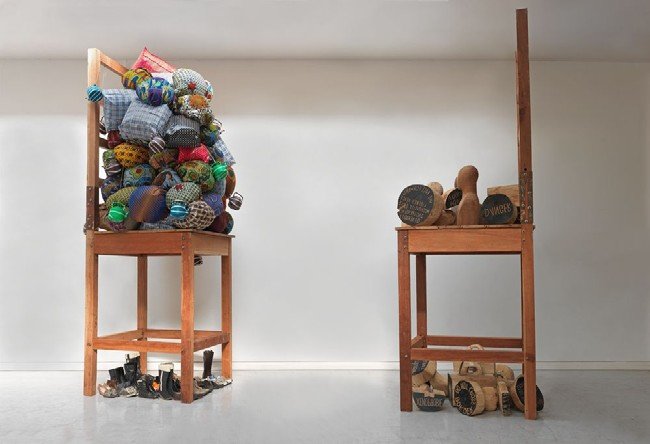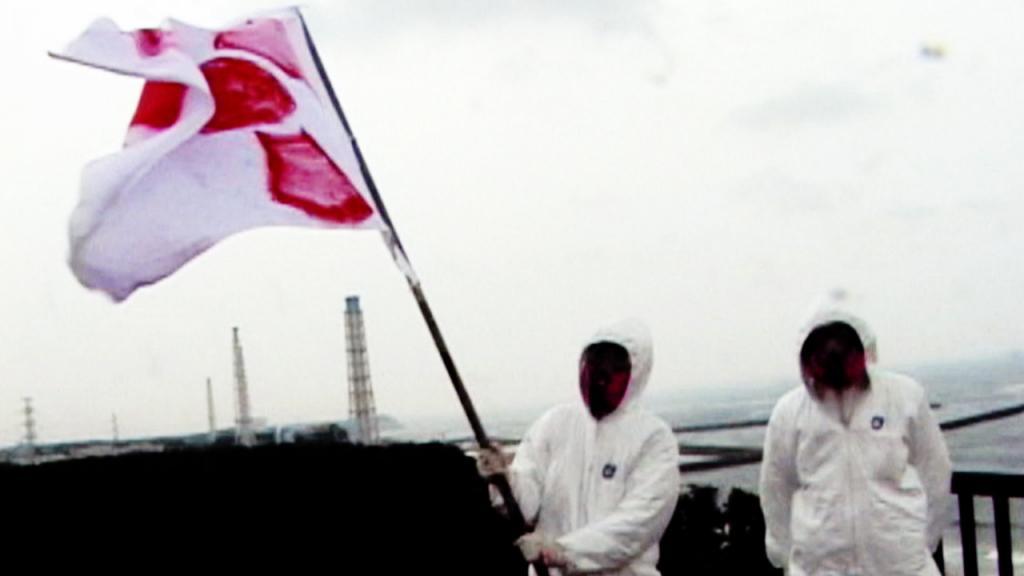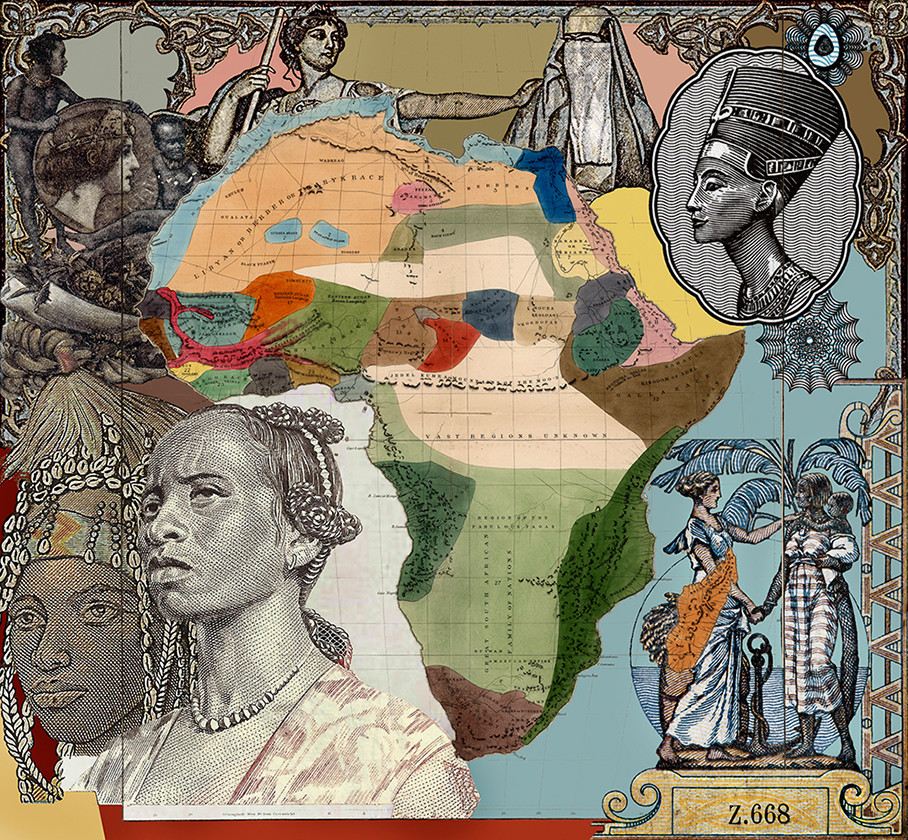“Global(e) Resistance” A Study of Contemporary Strategies of Resistance
29/07/2020 - 04/01/2021The exhibition “Global(e) Resistance” at the Centre Pompidou unveils for the first time the works of more than sixty artists brought together over the last decade, the majority of whom are from the South.
An exhibition addressing the question of artistic activism
“Global(e) Resistance” poses theoretical questions, ranging from the articulation of aesthetics and politics to the very relationship between the museum and politics within the art world. Resistance through a practice that is both artistic and political, or even activist, has often been the prerogative of artists living in situations of oppression or inequality. The end of colonization has raised many voices to start new paths of resistance, whether on a purely political level or to question the stories and memories that are too tenacious or threatened with disintegration. Resistance was also organized through art itself, in a poetic or discursive way.
The project deals with current re-readings of history through excavation and memory. It takes as its starting point two founding works from the 1990s from the Centre Pompidou collection: the film The couple in the cage (1993), in which Coco Fusco and Guillermo Gómez-Peña question the contemporary persistence of colonial reflexes, and the video Partially Buried (1996), in which Renée Green brings to light the role of subjective memory in the writing of history. In a time of turmoil and urgency, the aim is to explore how these contestations participate in the transformation of systems of thought and change the way we look at the world.
Visitors are welcomed into the forum by Barthélémy Toguo’s sculpture Redemption, revealed for the first time since its acquisition within the walls of the Centre Pompidou. The work evokes the North-South encounter, pan-Africanism and the question of the redemption and salvation of peoples. The project then unfolds on the fourth floor of the permanent collections (museum gallery, graphic art gallery, gallery 0) over nearly 1500m2. The tour is punctuated by slogans printed on the walls, made from works by Barthélémy Toguo. Manifest works open the exhibition: Guy Ben Ner and Khalil Rabah evoke the Israeli-Palestinian conflict, Teresa Margolles the Mexican border, Yin Xiuzhen the armed conflicts and Nadia Kaabi-Linke the wandering of migrants and the homeless.

Inspired by Robert Smithson, Renée Green’s work initially structures a strategy of polysemic resistance thought on the scale of the landscape as well as the territory, but also linked to an intimate memory. The complex imaginary of certain cities such as Braddock (LaToya Ruby Frazier), Johannesburg (Subotzsky and Waterhouse), Dakar (Cheikh Ndiaye), marked by economic decline, socio-political contestation or urban recomposition, haunt several works.
At the same time, the artists accompany the fervour and anxieties arising from decolonization (Kiluanji Kia Henda, Abdoulaye Konaté) and especially in South Africa, where apartheid persisted until 1991 (Penny Siopis, Kemang Wa Lehulere, Sue Williamson). The questioning of the communist hypothesis, addressed by The Propeller Group, and the progression of an authoritarian world, reflected in the installation of Pratchaya Phintong, are the starting point for committed works that attempt to reconcile individual narratives and collective trauma. The works of Chim↑Pom and Yin Xiuzhen denounce the ecological threat. In a more contemplative section, literature and philosophy serve as receptacles for a more subterranean resistance, as in the work of Mohssin Harraki or M’barek Bouhchichi or in Song Dong’s emblematic work Facing the Wall, which mixes Zen and spiritual warfare.

In a second phase, in the lineage of the Amerindian masquerade of Fusco and Gómez-Peña, certain residues of the colonial world, awaiting a multicultural recomposition, are brought to light: the ethnographic “circus” of the “good negro” in Brazil (Jonathas de Andrade) is put into negotiation in a world that bends under the weight of scars (Otobong Nkanga). Further on, the question of mobility at the heart of the contemporary capitalist system is considered: migrations (Younès Rahmoun, Halil Altindere), the body as a tool of resistance (Evelyn Taocheng Wang, Ming Wong) feed into a series of works conceived as crossings. Feminist struggles are finally activated in the work of Susan Hefuna and Marcia Kure, as well as new questions on gender issues.
An exhibition presenting several artists from the continent
Global(e) Résistance presents a large panel of artists from the continent and/or the African diasporas. We can find the artists Billie Zangewa born in 1973 in Blantyre, Cheikh Ndiaye born in 1970 in Dakar, Omar Ba (born in 1977 in Loul Sessene) or Georges Adéagbo born in 1942 in Cotonou.



